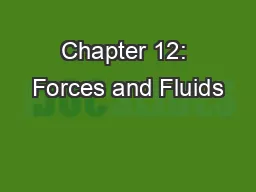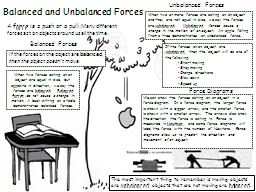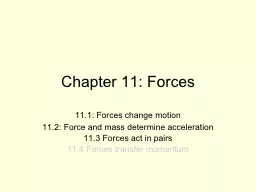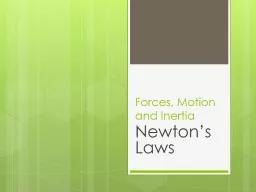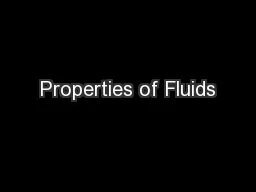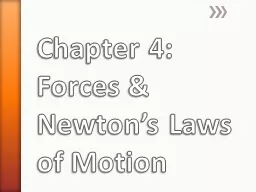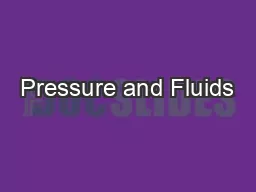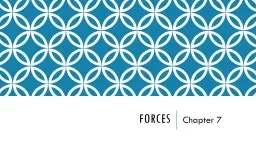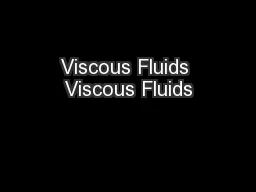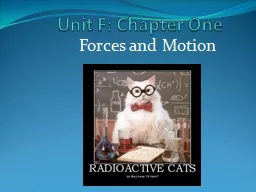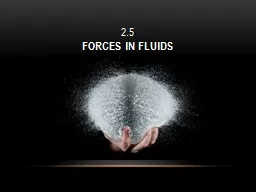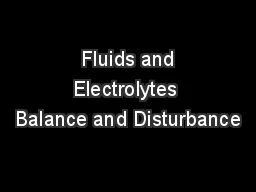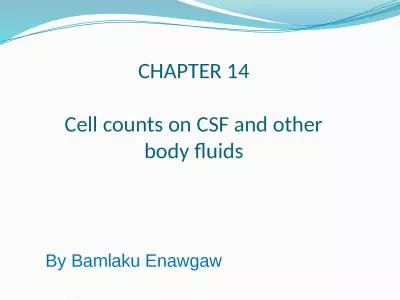PPT-Chapter 12: Forces and Fluids
Author : luanne-stotts | Published Date : 2018-03-10
What is pressure Pressure is the force per unit area that is applied on the surface of an object Chapter 12 Forces and Fluids Calculating pressure Pressure increases
Presentation Embed Code
Download Presentation
Download Presentation The PPT/PDF document "Chapter 12: Forces and Fluids" is the property of its rightful owner. Permission is granted to download and print the materials on this website for personal, non-commercial use only, and to display it on your personal computer provided you do not modify the materials and that you retain all copyright notices contained in the materials. By downloading content from our website, you accept the terms of this agreement.
Chapter 12: Forces and Fluids: Transcript
Download Rules Of Document
"Chapter 12: Forces and Fluids"The content belongs to its owner. You may download and print it for personal use, without modification, and keep all copyright notices. By downloading, you agree to these terms.
Related Documents

